Tips for Quality Run Training Train no faster than one pace quicker than the race you are training for. For example, 5k pace is good for an Olympic-distance race, while half-marathon pace suffices...
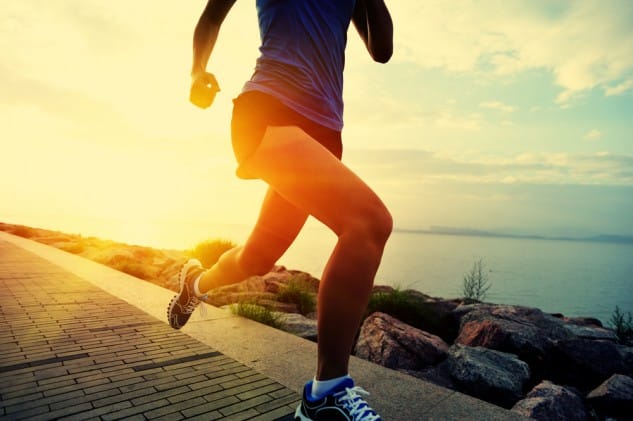

Tips for Quality Run Training Train no faster than one pace quicker than the race you are training for. For example, 5k pace is good for an Olympic-distance race, while half-marathon pace suffices...
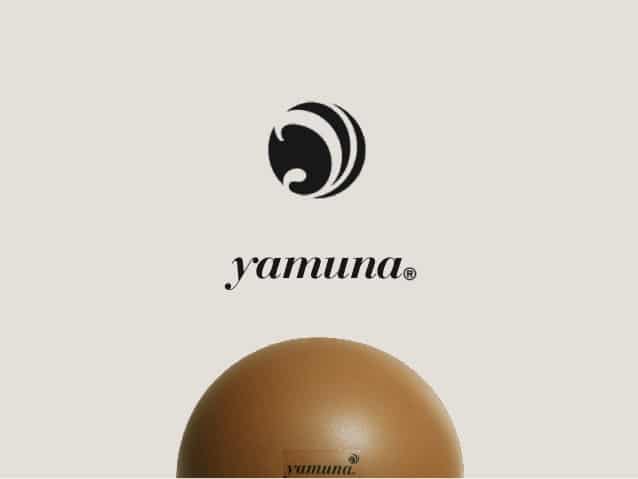
Being immersed in the fitness industry provides me with a ton of different opportunities to experience different techniques, methodologies, and products. I recently had the privilege of a...
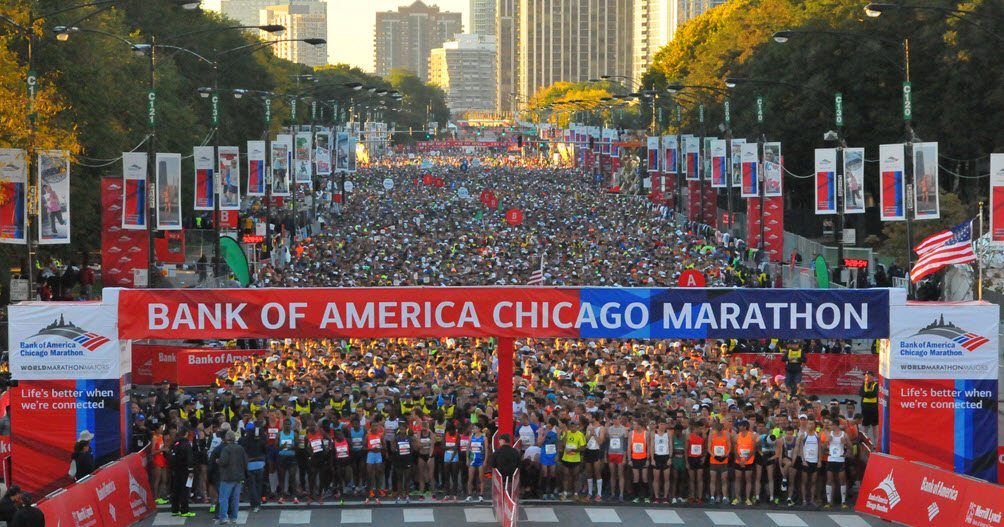
Leading up to the Chicago Marathon 2016 The Chicago Marathon provides an excellent course, plenty of support and, for me, a chance to visit home for a few days. It was no different for me this...
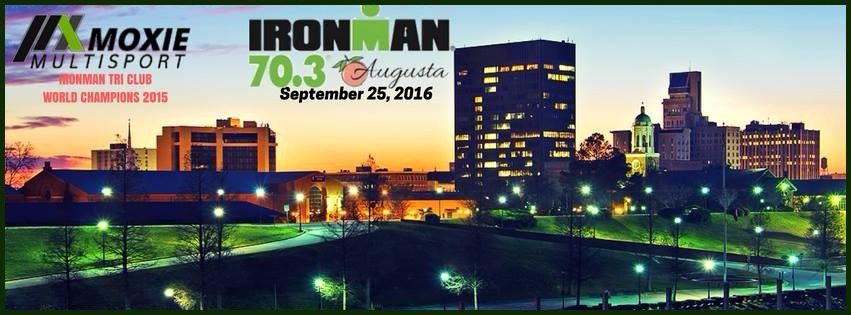
September 25 was going to be my day. The Ironman Augusta 70.3 triathlon was finally here. The race I had been training so hard for on one of my favorite courses. It was four-and-a-half months...
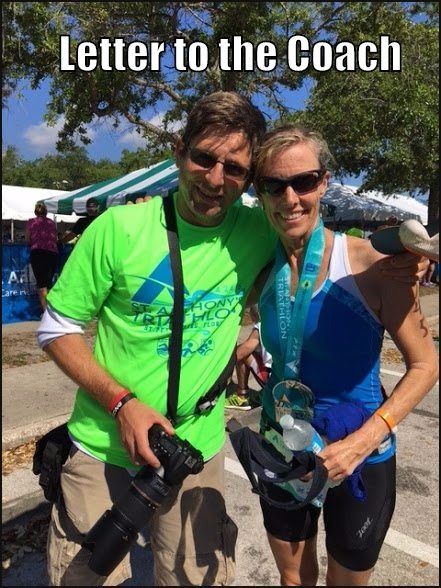
I have been an endurance coach for some time now. Once in a while, I receive an email from a client which chokes me up with pride. Today, I received one of those letters, so instead of sharing it...
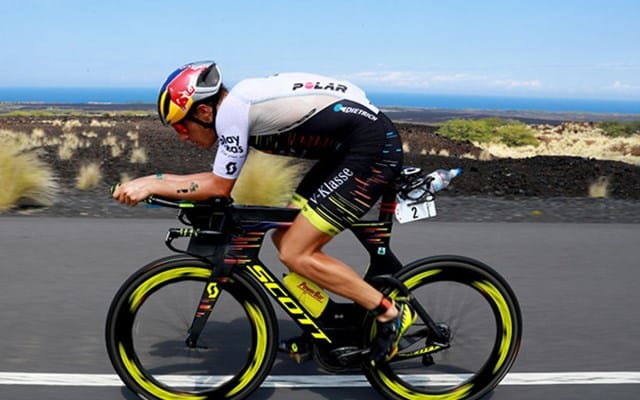
I found when looking for ways to get faster on the bike, is that there is so much information, from different coaches and experts, that it can be confusing and overwhelming. Personally, I...
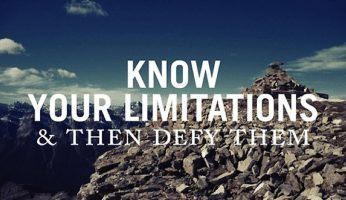
On Tuesdays and/or Thursdays, I will do my best to give one simple fitness, triathlon or running tip, trick or piece of information that will provide some value to in either helping you to become more efficient, prevent injury, increase performance, have more fun or at the minimum give a review of knowledge that might not have crossed your path in a some time.
I find myself observing other runners while running and sometimes just hanging out here in Tampa. Due to the weather here lending itself to year-round training, I have no shortage of material to choose from.
My coaching practice’s number one priority is form, technique and injury prevention, so I routinely use other runners, with my clients to reinforce the form training I have provided. (Sorry, Tampa runners. If you happen to pass by me with a client, most likely you have been observed and surveyed for comparative analysis.)
With all of my observations, the number one issue that I see are runners that sit in the bucket. Of course, the question most people ask is what does sitting in the bucket mean?
Basically, it’s when the glutes(or bum) are not in line with the torso. The body looks like an “L” from the torso to the hamstrings. Natural running which when learned is much easier, more efficient and greatly reduces impact on the joints. The torso hips, glutes and ankles form a straight line.
[table “2” not found /]
The interesting thing is, that running should be instinctual right? Unfortunately, not anymore. Sociological factors have played into our bodies to a point where most Americans, cannot just decide to take up running without going through periods of injury.
For example, sitting at a desk all day will tighten the hip flexors so that it becomes extremely difficult to push the hips under the torso. The same thing is evident for playing video games on the couch for long periods of time.
The figure on the left is actually still a lot better than I have noticed out and about. The torso is still tall and the chest is still has a little bit of lean to it causing forward motion. A lot of runners I notice, sit in the bucket and lean back. What is this doing? Basically, gravity is working against the runner. The objective is forward motion but the glutes and the torso are sitting back, so in essence, the body and gravity are working against itself.
Another perception you will see is the heel strike of the runner. When that heel strikes the ground the impact reverberates all the way from the ankle through the legs, spine, neck shoulders and head. This is where most of the injuries take place.
By simply starting to incorporate, tilting the hips under the torso and leaning from the ankles instead of the waste, the body will start allowing gravity to be used instead of the legs as the sole source of momentum. Suddenly, the feet are striking the ground underneath the center of gravity and only the calf down to the metatarsals absorb the majority of the impact from the ground.
I continue to instill in my clients, running is powered by the core, not the legs. Use gravity as momentum and allow the legs to just go for the ride. To remain consistent, the core must be strengthened and hip flexors stretched to keep the glutes from returning to the bucket.
There are many techniques to help modify the behavior to allow for an efficient, safe and effective change of form. All it takes it the will to want to change and get better and you will.
The #1 tip – get out of the bucket.
Are you running in the bucket?
Did this information shed some light on any area of your running that might be in need of improvement?
Carpe Vitam!
(Seize Life!)
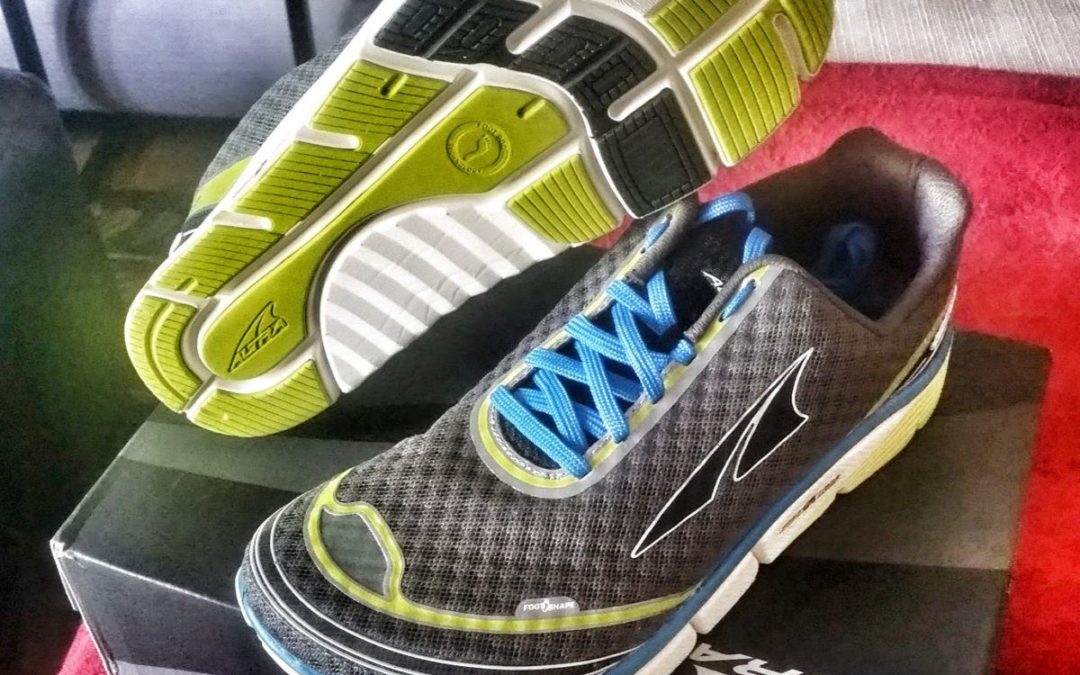
I have been a fan of the Altra line for a little while now, so I was so honored to be given a chance to review the brand new Altra Torin 2. I reviewed the 1.5 version when it first arrived, and it became my shoe of choice for long runs.
One of Altra’s significant differences in the complete line of shoes is their zero heel drop and since my coaching methodology includes an emphasis on our body’s natural movement while running this is obviously one of my favorites. (I have included a explanation of what “Zero Drop” means in my previous Altra Torin 1.5 review.)
The other difference between Altra and their competition is the wide toe box, or as Altra calls it, a “FootShape” toe box. The ability to splay the toes plays a significant role in injury prevention and the strength of the feet. This allows the runners body to support itself, rather tan relying on a shoe for support.
The upper has been improved in the 2.0. The Torin 1.5 was made with a thick upper which added unnecessary weight and reduced flexibility of the shoe. The 2.0 has been upgraded with a much thinner mesh material that breathes better and allows for more flexibility.
Here is where some of my favorite changes were made. First, they moved from the heavier EVA to their lighter proprietary “A-bound” material that for me seems to add a little more spring to the ride of the shoe. When my foot strikes the ground the material seems to not only protect from the natural impact, but reacts driving me forward.
The weight in the previous show was 10.1 ounces which was up from the original Torin which was 9.5 ounces. The Torin 2 comes in at 9.1 ounces which is one of the lightest in this category, if not the very lightest.
Altra added what they call Innerflex which are groves in the outsole and midsole that bend with your foot allowing substantially more flexibility than the previous models. This too me was the single most important change they made. The Torin has always classified as their High Cushioned shoe which most companies have traded flexibility for cushion. Altra has found a way to give runners the flexibility I love with the cushioning I want and without giving up any of proprioception.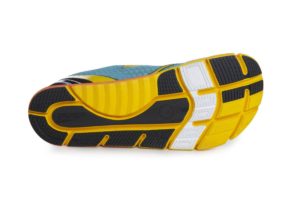
The have now included a Foot Pod technology which maps the bones of the foot with the Innerflex so the shoes flexes where the runner needs it to, allowing a near customized fit.
Altra went ahead and removed the toe guard and heel rudder as well. In my opinion this not only allowed them to shed some weight, but also added to flexibility and comfort. In a road shoe I never really thought either added any value. These two advantages are best left for trail specific designs.
Obviously, not much.
The new Abound foam tends to soak in water and sweat which makes the shoe feel a little heavier during training and racing. Even with the mesh material the shoe does not seem to drain well. I would love to see a version of this shoe with drain holes, but of course that is the triathlete in me talking.
After about forty miles the new Abound material started to squeak while just walking ,and only in my left shoe This does not seem to happen when I run in them, but it is a little noisy when walking through the store. I think it may be just a problem with this pair, but nonetheless it is something I dislike. However, it did not change the performance of the shoe.
The price of $125 is a little high in my opinion. A better price point would be the $100 – $110, but of course that is very minor for shoe of this quality.
Let’s see how the Torin 2 ranked on my scale:
Quality – 4/5
Upper – 4/5
Outsole – 4/5
Flexibility – 5/5
Comfort – 5/5
Appearance – 4/5
The Altra Torin 2 is available in men’s whole and half sizes 7-12.5, whole sizes 13-15 and in three color patterns. It is available in women’s whole and half sizes 5-10.5, whole sizes 11-12 and in three separate color patterns.
Please feel free to comment on your feedback.

As stated in web-ease “O-M-G!” I have so much information to share It is hard to think about anything else. Unfortunately, I started on a new contract a couple of months ago and now that I am fully immersed in it, my days are becoming hectic. Not only that but I have my own training, coaching clients and getting ready for the CPT test this month, so needless to say hectic is the only word to describe my activities right now.
Have you noticed the new change to IronGoof.com? I have moved away from a complete blog site to a more of a Coaching Site. I hope you like the new looks. Please feel free to explore and send some feedback on the changes. It will continue to be a work in progress, so any and all honest comments on the site are very welcome and encouraged.
Coming up over the next weekend or so I am going to be sharing news about past events and the latest going’s on.
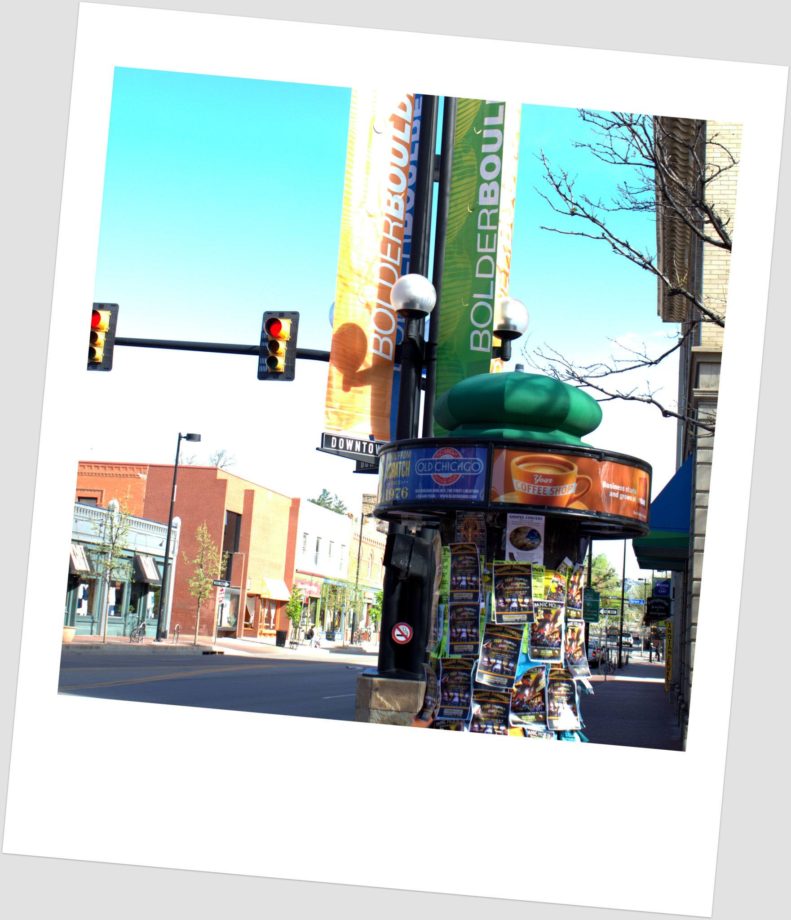 I just returned back from Boulder, Colorado where I spent five amazing days working some of the top running coaches on form and performance. The Newton Running Lab hosted certification training for RRCA, Newton and Lydiard. The content included proper running form with drills, strength exercises, injury prevention, injury management and transition plans. While I was intrigued with the Newton Coaching formula, I was excited that a portion of it mimicked my own. The only part that my personal coaching methodology added was the intricacies of making the running form personal to each person. Newton believes proper running mechanics are the same for everyone, and with the hundreds of hours I spent learning my own body I know this isn’t true, but it is a good place to start.
I just returned back from Boulder, Colorado where I spent five amazing days working some of the top running coaches on form and performance. The Newton Running Lab hosted certification training for RRCA, Newton and Lydiard. The content included proper running form with drills, strength exercises, injury prevention, injury management and transition plans. While I was intrigued with the Newton Coaching formula, I was excited that a portion of it mimicked my own. The only part that my personal coaching methodology added was the intricacies of making the running form personal to each person. Newton believes proper running mechanics are the same for everyone, and with the hundreds of hours I spent learning my own body I know this isn’t true, but it is a good place to start.
The Lydiard Certification training was the best part. Arthur Lydiard was a New Zealand running coach that coached many Olympians to medals including gold in the 1500 meters and beyond. He later mentored other coaches to a point where he is actually considered “The Coach of Coaches of Champions.” Obviously, this resonated with me because Arthur himself was not a competitor, but he coached more champion runners than any other coach to this day. As I really do not compete with anyone other than myself for PRs, this validated my feelings on coaching and my passion for it. As this is a coaching method, not a form method, it also validated a lot of what I already incorporate, but I also enhanced my knowledge greatly.
It was taught by Lorraine Moller who herself was a three time Olympian to include racing in the first 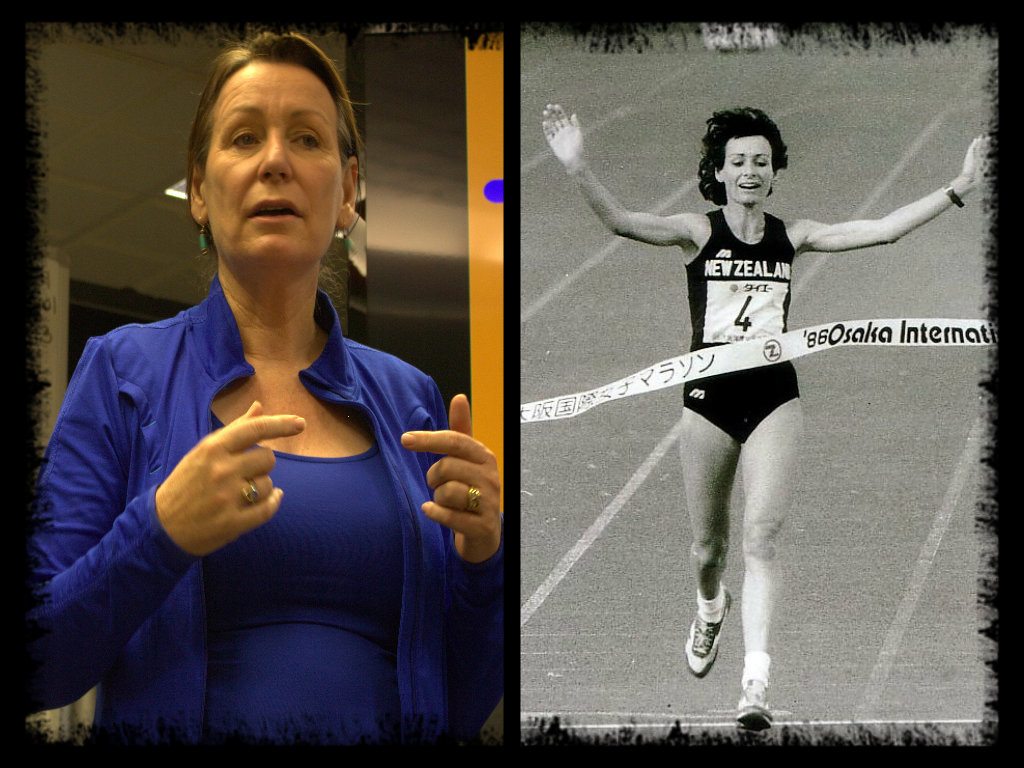 ever Olympic Women’s Marathon in 1984 where she took 5th. She did won bronze in 1992 at the Barcelona games in the Women’s Marathon. Her credits also include winning Grandma’s Marathon three times, the Boston Marathon, the Osaka Ladies Marathon twice, the Hokkaido Marathon twice, and second in the Commonwealth Games. She was coached by John Davies who was mentored by Arthur Lydiard. Lorraine herself was followed by Arthur and would consistently give her pep talks before competition. She is an amazing speaker and completely passionate about running and the Lydiard Coaching method as well as the founder and president of the Lydiard Foundation. I was extremely lucky to have someone as accomplished as she is as an instructor for the class.
ever Olympic Women’s Marathon in 1984 where she took 5th. She did won bronze in 1992 at the Barcelona games in the Women’s Marathon. Her credits also include winning Grandma’s Marathon three times, the Boston Marathon, the Osaka Ladies Marathon twice, the Hokkaido Marathon twice, and second in the Commonwealth Games. She was coached by John Davies who was mentored by Arthur Lydiard. Lorraine herself was followed by Arthur and would consistently give her pep talks before competition. She is an amazing speaker and completely passionate about running and the Lydiard Coaching method as well as the founder and president of the Lydiard Foundation. I was extremely lucky to have someone as accomplished as she is as an instructor for the class.
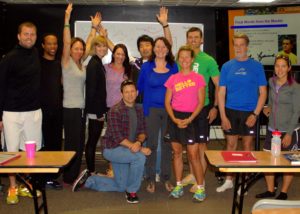
The class was kept fairly small in order to provide us with a lot of individual instruction. We went through analysis of our own form using video which was really interesting. I know that my form isn’t perfect, but my mechanics are good. I found that I actually do not lift my knees as much as I should, and when I applied it later the form became even easier. I learned a lot and I hope to attend the level 3 class later in the year.
Boulder as a city was awesome!!! The scenery was amazing as it was surrounded by mountains and the culture really resonated with me. Boulder’s environment seems to revolve around two things, athletics and the arts. Which are my two passions, so this city really got under my skin. Everywhere you go, everyone is traveling on bicycles and avid cyclists and triathletes are training. Pearl Street is filled with small businesses, to include, coffee shops, restaurants and bars, and none of them are chains. You cannot find a McDonald’s or Wal-Mart anywhere the residents won’t allow it which is great. The quad-like feeling of this outdoor “mall” for lack of a better term, is filled with musicians playing and practicing, photographers, writers, and artists. It gives the feel of a old small town but with the University of Colorado in the midst, it also brings in a younger element that increases the energy of the area. The weather started the day in the high 50s and increased to the mid 80s and then ended in the high 60s. There is almost no humidity, so the air smells fresh and clean. Since most people utilize people-powered transportation it feels as though exhaust fumes do not even exist. I just fell in-love with Boulder and Colorado. I am not quite sure I ever want to live in a place with winter months, but if I did, I definitely would consider Colorado and Boulder.
My plan is to sit and complete the few posts I have started this weekend to bring you the following:
That should keep me busy for a while. Have an amazing week! Live with Passion.
There have been so much I have been wanting to write about, but my time has been taken up by this thing I have to do called “a job”. Do any of you out there have this same problem? It is really starting to get in the way of my training, coaching and especially my blogging. I cannot believe how long it has been since I have posted something, and it is a crime with all the ideas that have been flying around in my head.
Let me use this post as a way to get back into the habit of blogging daily or at least a few times a week. Subject – The Off Season.
 I have been toiling with this for the past month just because I have been finding myself not working out a little less than normal. When I do, I am enjoying lower durations with small bursts of high effort, a.k.a intervals. As I speak with some of my fellow cohorts in triathlon I have been getting two primarily different opinions. One is coming from the die-hards, “Off season?? What off season? There is NO off-season!”, the other is coming from most of the guys that actually take podiums, but have more time to train during race season. “Dude, you have to come down a bit and give your body a rest. You have been putting it through a lot of stress. Trust me bro, you will have a better race season if you slow down a bit and take some rest.” So, what does a guy in my position do? I want to improve, but my philosophy is all about injury prevention.
I have been toiling with this for the past month just because I have been finding myself not working out a little less than normal. When I do, I am enjoying lower durations with small bursts of high effort, a.k.a intervals. As I speak with some of my fellow cohorts in triathlon I have been getting two primarily different opinions. One is coming from the die-hards, “Off season?? What off season? There is NO off-season!”, the other is coming from most of the guys that actually take podiums, but have more time to train during race season. “Dude, you have to come down a bit and give your body a rest. You have been putting it through a lot of stress. Trust me bro, you will have a better race season if you slow down a bit and take some rest.” So, what does a guy in my position do? I want to improve, but my philosophy is all about injury prevention.
Looking at the science of it I came up with the following opinion (notice I said opinion?):
Working out is cumulative – everything you do to a muscle repeatedly continues to impact it no matter what you are doing. Why do most marathon training plans have the mileage go up for 3 weeks and then dramatically falls the 4th week? The quadriceps hamstrings, calves, have taken a beating for three weeks and they need time to recuperate. The fibers of the muscle need time to repair, but if they keep being taxed then they stretch and start to heal they are taxed again. Even though they have started the healing process, they cannot fully heal unless they are put at rest for a significant amount of time. Yes, with proper nutrition, and preemptive injury therapy the healing can be expedited to a point, but they surely will not heal completely unless they are at rest.
Running everyday for 15 days in a row no matter how much the workouts change from slow to fast twitch muscles and back again, put a cumulative toll on your body. Now put that in perspective of a triathlete’s season that starts with base workouts in late January and doesn’t end until late October early November. That is 10 months of a cumulative toll on the body, whether you are an age grouper or pro. Do you think with that kind of wear and tear on the body that if there isn’t a slow down in the frequency and a lowering of the effort level that there might be some injuries awaiting or at least some backsliding in the coming racing season? I do.
Fact: It takes even a pro marathoner 20 days to fully recuperate from a race. 26.2 hard miles on the body of a fully trained marathoner, still takes a long time to recuperate doesn’t it? What do you think that does to an age grouper?
I am going to take this month as it comes. I am going to do a few races, and if I don’t feel like working out when the alarm goes off, so be it. When January comes I’ll be doing my base mileage and continuing my strength and flexibility training as planned, but when February 1st comes…..IT”S ON!!!!!